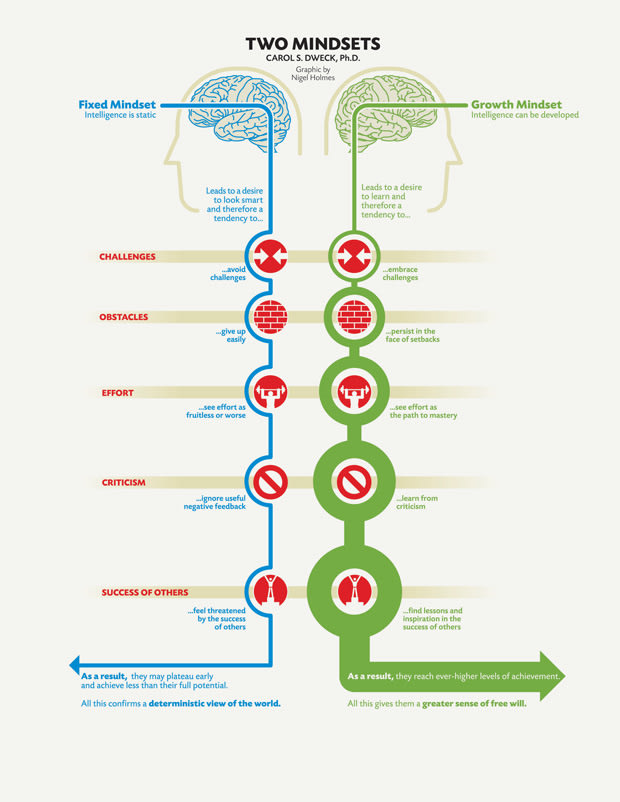Startups are in a state of perpetual change. During a startup’s first few years of establishing product market and winning the first set of customers, this state of change is obvious. But as a startup scales, the company must adapt by learning and reinventing. Whether it’s building the processes to grow the team, creating new sales and marketing initiatives to pursue adjacent customers, developing customer success teams or handling an unforseen crisis, this process of reacting to the market and evolving the company happens at every level in each function.
How does a startup team steel itself to persevere through the ups and downs?
Through combination of ruthlessness and grit. I’m not using ruthlessness in the totalitarian sense, but in an introspective, brutally honest sense. Founder/CEO of Constant Contact, Gail Goodman said it best
You have to face yourself. You have to be unbelievably ruthless about what’s working and what’s not working. As CEO, you will have to change hundreds of times to face the different challenges in the different stages your business will go through.
As a startup grows, each role within the company will change dramatically through the arc of the business. To persist through those changes the company and market demand of a team requires grit, a subject that Carol Dweck, a researcher at Stanford, has studied extensively. In her words,
Grit is the disposition to pursue very long-term goals with passion and perseverance. And I want to emphasize the stamina quality of grit. Grit is sticking with things over the long term and then working very hard at it.
And the key to grit is mindset. Dweck observed two different mindsets in her research: a fixed mindset and a growth mindset. A fixed mindset implies a belief that intelligence is static; people are born talented and gifted, and those characteristics are immutable. A growth mindset holds that one’s ability to learn can be improved with effort. Our ability to learn can change with time and that the problems we face are puzzles, opportunities to learn, rather than tools to reinforce intelligence. In other words, the mind has a plasticity, a flexibility, an ability to evolve.
I’ve reproduced a graphic contrasting the two mental models below:
My mental model for a startup team’s successful evolution is a feedback loop of ruthless honesty and growing through grit. In other words, candor about what’s working and what isn’t, coupled to a commitment to learn and evolve over long periods of time.
I’m curious if others have a different mental model they use when thinking about a startup’s evolution. Let me know in the comments.
